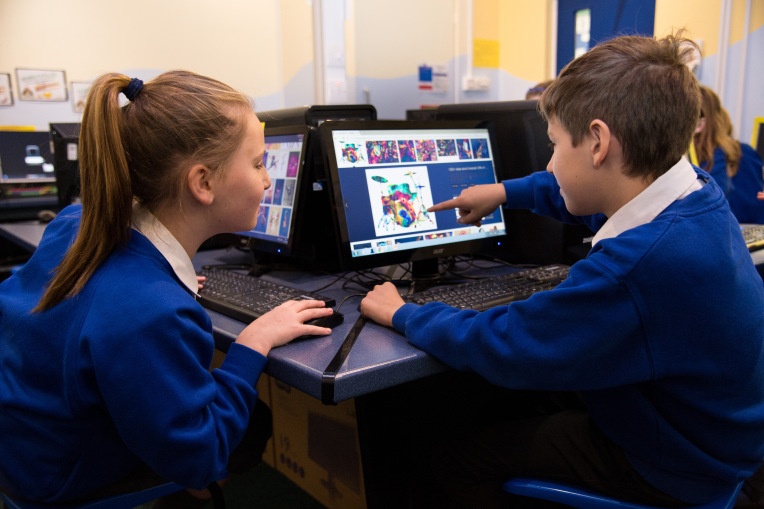
Why creativity counts when picking a primary school
BY: Annabel Thomas
08 Jan 2018
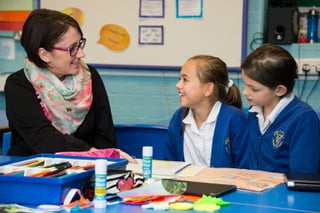
It is that time of year when parents up and down the country are deciding which schools to apply to for their four and five year olds. With the deadline of 15 January fast approaching, Trinity’s Arts Development Manager Annabel Thomas explores why a creative school is a good choice, and the benefits a creative curriculum can bring to all learners.
1. Creativity counts!
Not only does a creative classroom help to inspire young learners and foster a love of learning, it can help to develop vital skills which will serve them in their whole education career and beyond. Through encouraging creativity, schools help children to think outside the box, and by celebrating creative experimentation they show children that it doesn’t matter if you get things wrong, as long as you try your best. Something I think we can all live by! Creativity helps to develop resilience through working towards long-term aims and trying new things, which can help with all aspects of school life and, as we’ve previously discussed, helping to develop 21st century skills.
2. Creating reflective and engaged learners
A creative school is well aware about the benefits of taking calculated risks. They do this with their curriculum, with their staff CPD and with their approach to learning. Taking risks allows them to produce happy, healthy and reflective learners, excited to come to school and explore what they can discover next. Schools which incorporate their creative offerings to offer Arts Award develop an additional structure to help start the early conversations around reflective learning, a method which has been proven to have an impact later on in a child’s education journey. How we learn is key, and encouraging children to “learn how to learn” is something which creative schools do especially well.
3. It’s not just about the arts
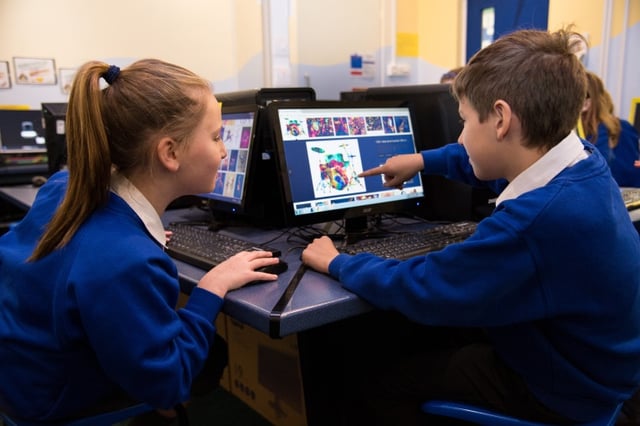
A creative school doesn’t just focus on the arts. They know that you can learn any subject in a creative way, and that all subjects complement each other. This means developing creative approaches to STEM subjects like maths (for example linking Kadinsky to shapes in maths), using science to explore colour, and teaching history in an interactive and exciting way.The arts don’t have to be separated, or confined to an arts week. Creative schools embed them into everything they do and children benefit as a result.
4. Fostering home-school links
Any good school will be keen to develop positive relationships with parents and carers. A great way to do this is through creative activities. Setting creative homework tasks may be challenging, but can also be a great way to get the entire family involved in learning together. Just remember – it’s about the process, not always producing a perfect papier-mâché masterpiece!
5. Reading, reading, reading
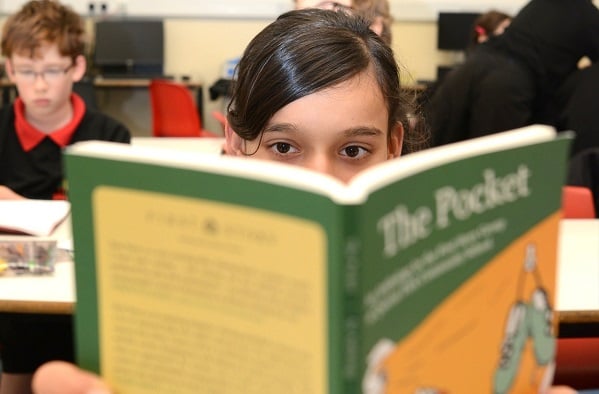
Reading is a cornerstone of early learning. It’s an inherently creative activity, requiring children to not only decode words but to use their imaginations to explore the new worlds opened to them, and draw upon their knowledge of this world to help provide context and understanding. Creative schools will build on this with interactive sessions, group reading, and maybe special events designed to foster a love of books for all children.I believe strongly that a creative school is a happy school. Those that offer Arts Award, or hold Artsmark status, have committed to providing creative opportunities for their children, and I hope this helps to open their minds to new possibilities, and increase their enjoyment of school.
Choosing your child’s school can be a challenging decision, and whichever school they go to we hope they are happy, healthy and full of the joy of learning.
Annabel Thomas is Arts Development Manager for Trinity College London, and has served as governor at a South London primary school.
Related posts
BY: Guest Writer
BY: Alan Lynch
BY: Julie Neville

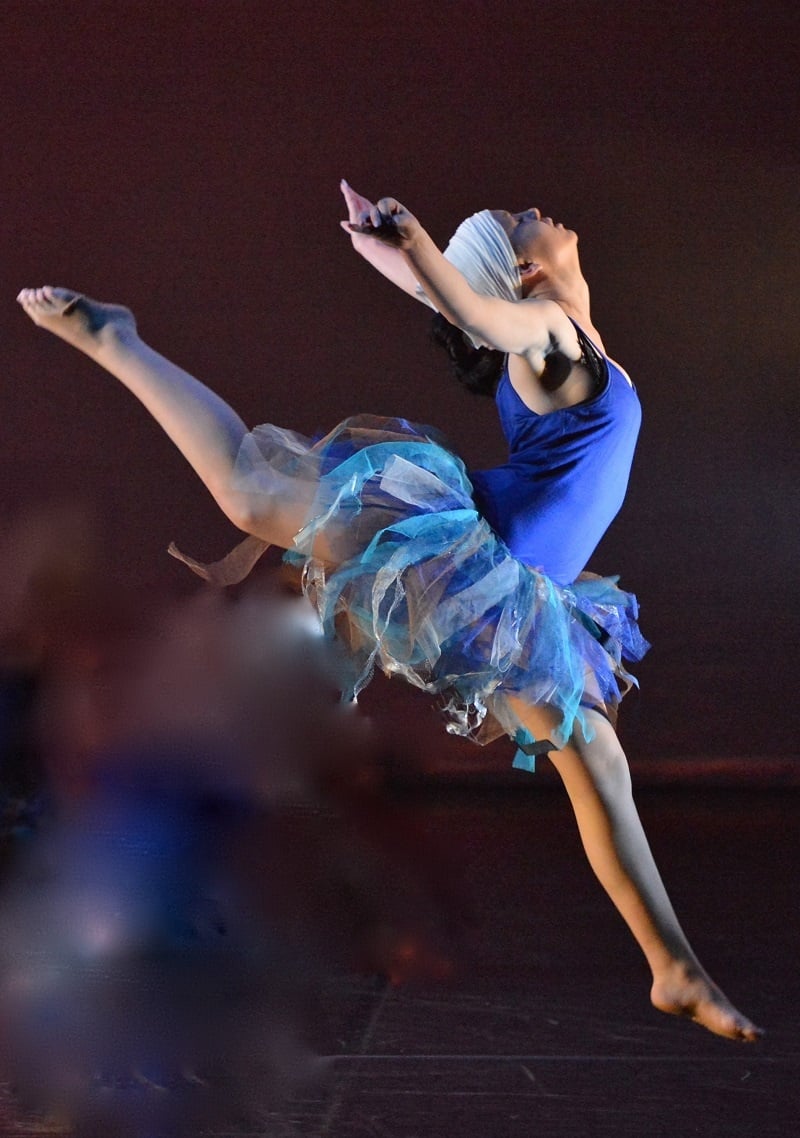
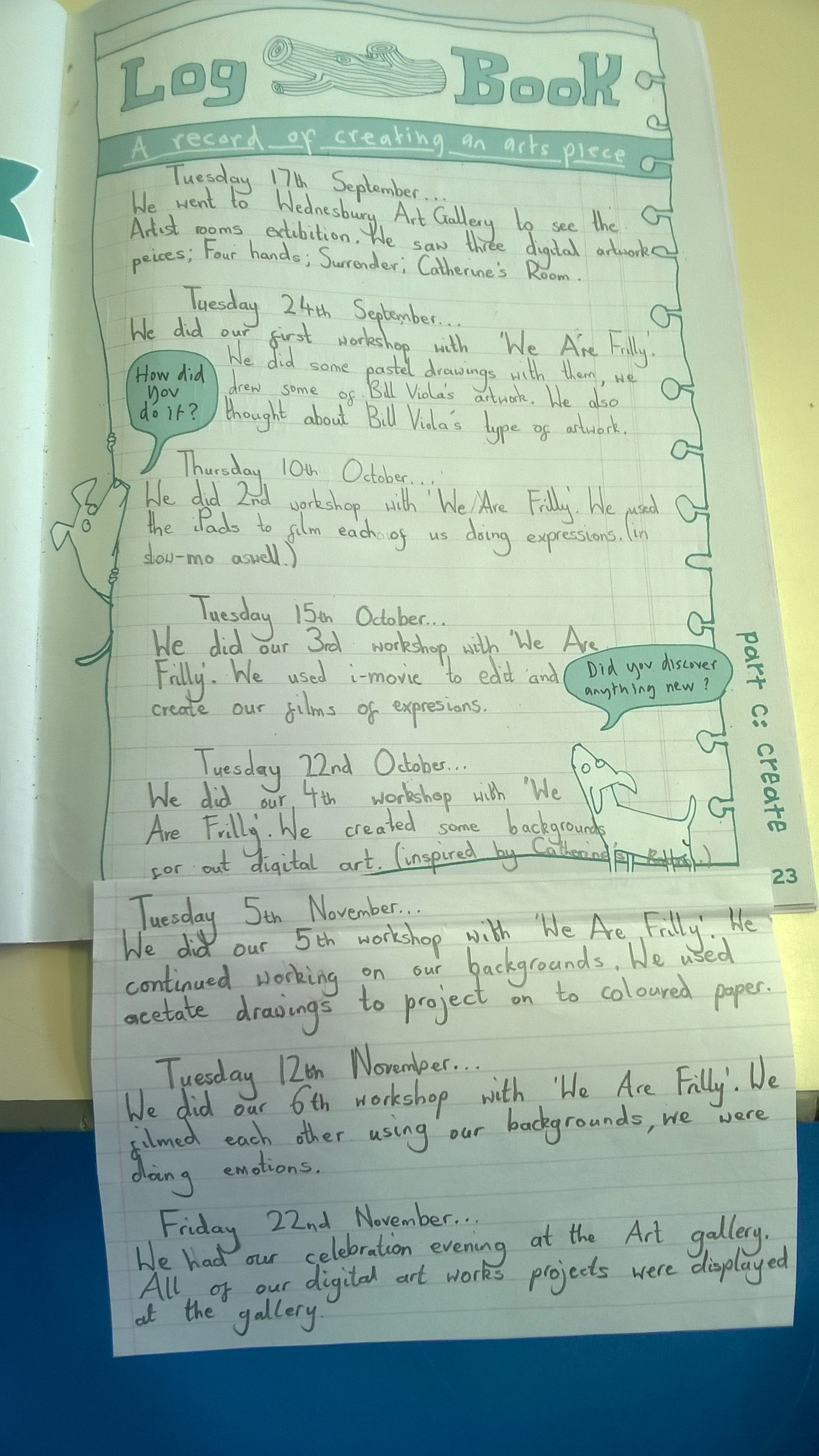

Comments & Replies